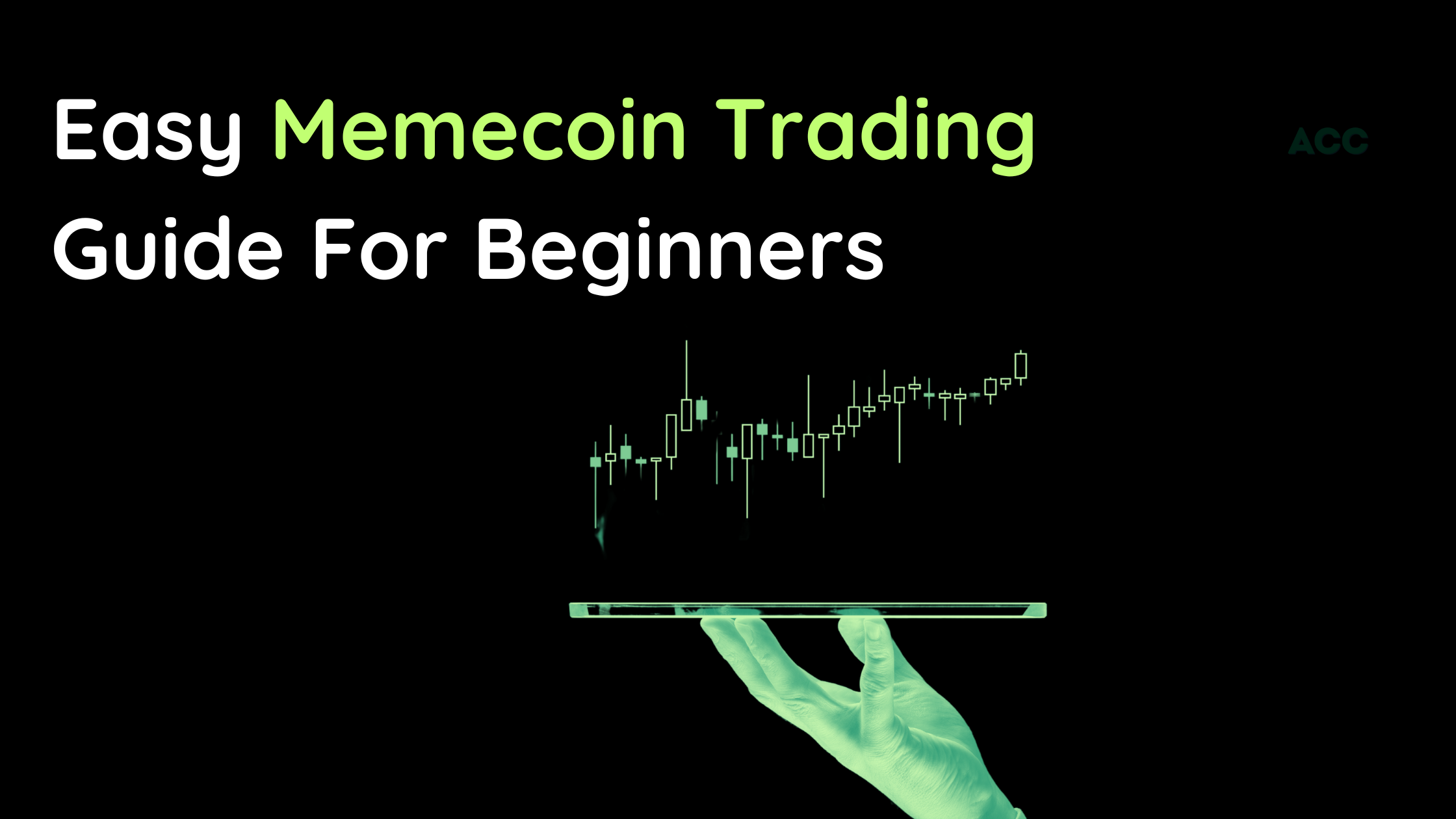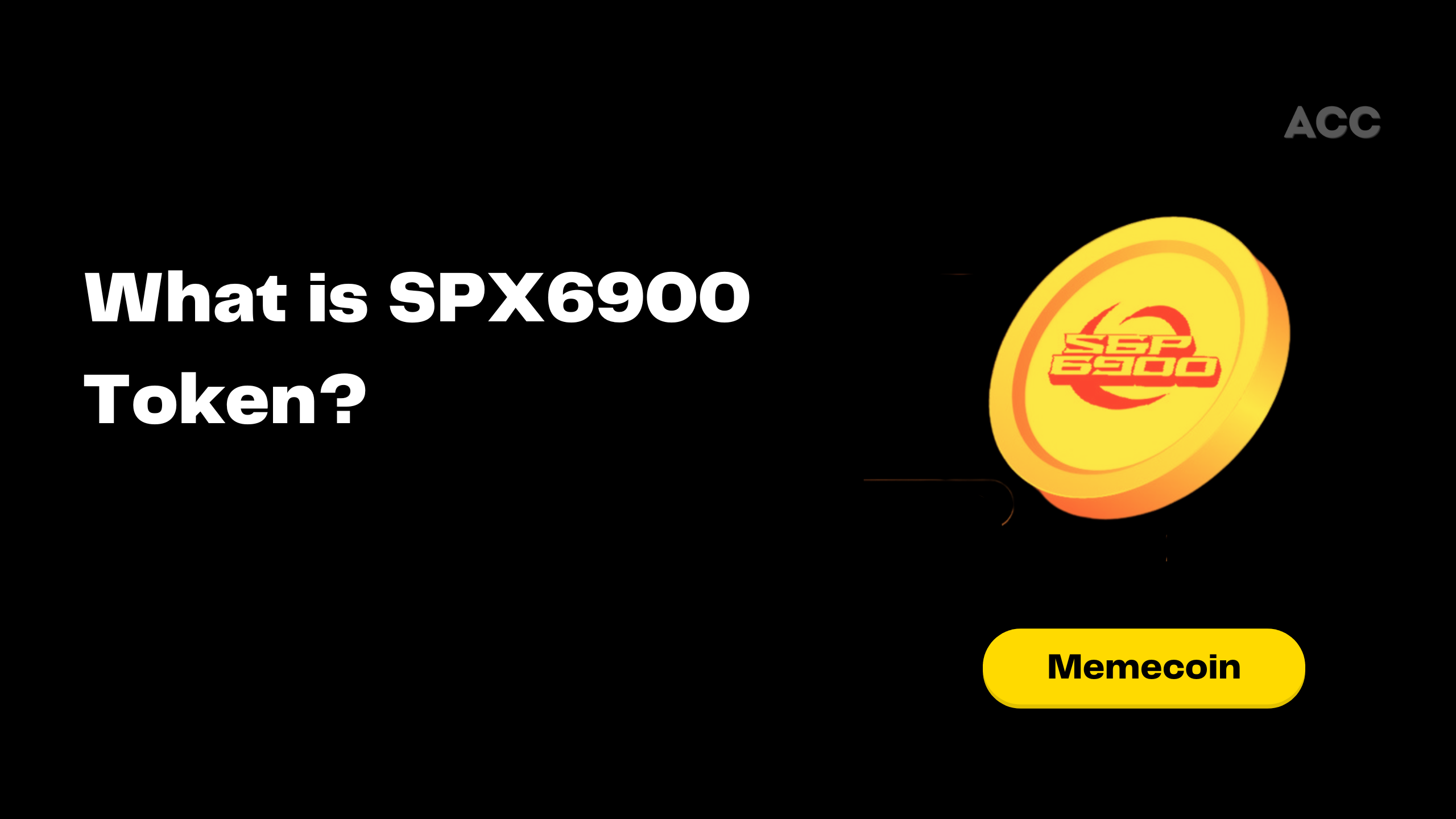Ethereum-based projects should aim to meet certain benchmarks to ensure they contribute cohesively to the broader Ethereum ecosystem.
Ethereum co-founder Vitalik Buterin has suggested establishing a set of metrics to evaluate how closely projects align with Ethereum’s core values and principles. In his latest blog post published on September 28, Buterin emphasized that achieving “Ethereum alignment” is one of the biggest social challenges for the network’s development.
A Diverse Ecosystem, A Singular Vision
The Ethereum ecosystem is composed of various stakeholders, including client teams, application developers, researchers, and local communities, each contributing in unique ways. However, Buterin highlighted the difficulty of maintaining a sense of unity amid this diversity:
“The primary challenge is making sure that all these projects are, collectively, building something that feels like one Ethereum ecosystem, and not 138 incompatible fiefdoms,” he stated.
Key Metrics to Assess Ethereum Alignment
To address this challenge, Buterin proposed several metrics that can serve as a baseline to gauge how well projects align with Ethereum’s overarching goals. Here are some of the metrics he suggested:
- Open Source Accessibility: Projects should be evaluated on their level of open-source contribution. Open-source projects allow the code to be audited for security and enable third parties to improve the project, reducing the risks of vendor lock-in and fostering community-driven innovation.
- Interoperability: Buterin suggests measuring how well projects can interact with other Ethereum-based applications and tools. For instance, wallets and applications could be rated based on which Ethereum Request for Comments (ERC) standards they support.
- Decentralization and Security: Decentralization and security could be assessed through what Buterin calls the “walkaway” and “insider attack” tests:
- Walkaway Test: If the project team and servers disappear tomorrow, would the application still be functional?
- Insider Attack Test: If the team itself were to exploit the system, how much damage could be done, and how much of the system would break?
- Community and Societal Impact: Projects can also be evaluated on how positively they contribute to the Ethereum community and society at large. For example, projects that promote financial inclusion or enable new forms of public funding could be rated higher in alignment.
Credible Neutrality is Crucial
Buterin emphasized that maintaining credible neutrality within the ecosystem is essential. He warned against the concept of “alignment” becoming biased toward certain groups or individuals.
“If alignment means having the right friends, then ‘alignment’ as a concept has failed,” he cautioned.
This view echoes concerns voiced by Ethereum community member Ryan Berckmans in July. Berckmans warned against excessive marketing, suggesting that it could create an atmosphere where there are clear “winners” and “losers,” potentially deterring significant institutional growth.
The Role of Leadership in the Ethereum Ecosystem
Buterin’s role as a thought leader within Ethereum is widely acknowledged, but it has raised some concerns. Charles Hoskinson, the founder of Cardano and a former Ethereum co-founder, noted in an interview with Cointelegraph that Ethereum might be overly dependent on Buterin’s guidance:
“Everybody looks to him for the roadmap. Everybody looks to him for inspiration, and he’s also the only person who has enough power to rally people,” Hoskinson said.
He further suggested that removing Buterin from the equation could pose challenges for Ethereum’s future development:
“If you were to remove him from the equation right now, what’s the next hard fork going to look like, and how quickly can they actually get there?”
The Path Forward
Buterin’s proposed metrics serve as a starting point for ensuring that projects within the Ethereum ecosystem are building towards a shared vision. By measuring open-source participation, interoperability, decentralization, security, and community impact, the Ethereum community can better evaluate the alignment of its various components.
Maintaining alignment with Ethereum’s values will be crucial as the ecosystem continues to grow and mature. It remains to be seen whether these metrics will be widely adopted, but they provide a thoughtful framework for evaluating Ethereum’s trajectory and ensuring that it remains a cohesive, united platform.

A.k.a – alpha girl. Vinita is the founder of Alphachaincrypto. An English Lit Majors, Vinita bumped into Web3 in 2020 only to realise that tech was her calling. Later, Mathreja worked for some notable brands like Near Education, Biconomy, CoinDCX and top of the line crypto start ups.





